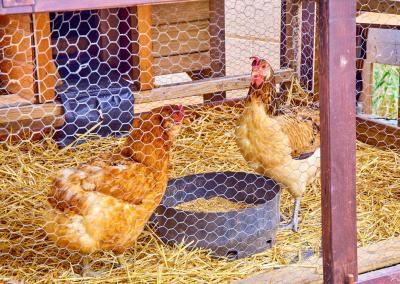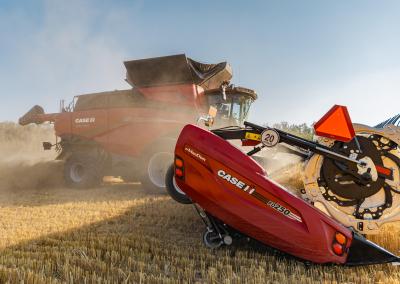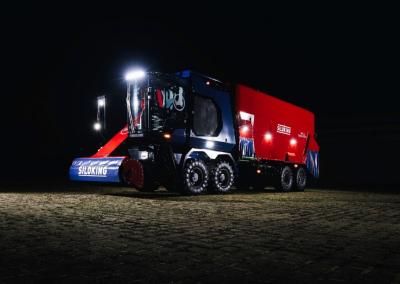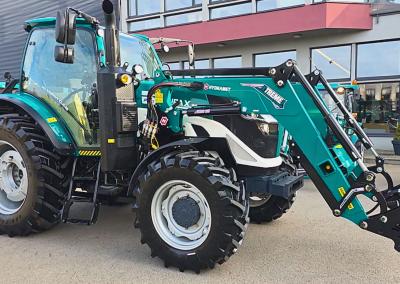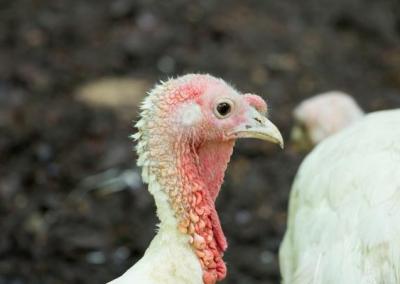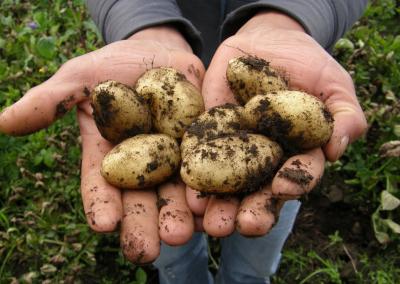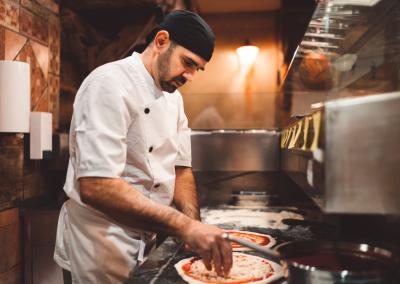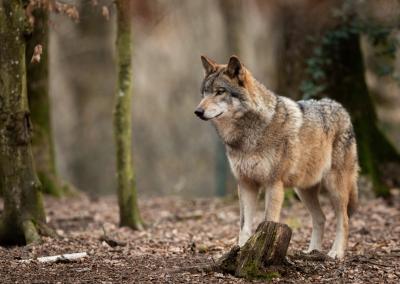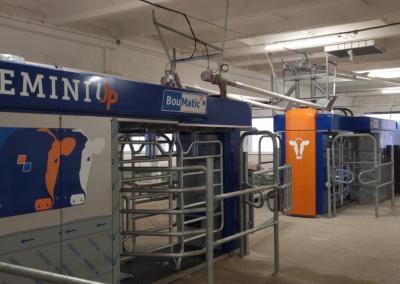Milking robots will increase in Lithuania. What to look for when investing?
There are more than 35,000 milking robots on dairy farms around the world, and around 200 milking robots in Lithuania today. Dairy farm equipment specialists at UAB „Dotnuva Baltic“ predict that the number of milking robots in our country will increase and advise on what arguments to use when making an investment decision.
According to a report published by "The Dairy News Global", the global milking robots market was valued at USD 3.16 billion in 2023. The market for dairy milking is expected to reach USD 20.16 billion by 2020. Alfonsas Genys, product manager at UAB „Dotnuva Baltic“, a company representing „BouMatic" milking robots, says the Baltic region is not a "take off" region, as farmers are looking for opportunities to manage their dairy farms more efficiently, due to rising labour costs and rising costs.
„Despite the recent iššfarms in the dairy sector, the demand for milking robots remains strong. We have already installed 28 robots in Lithuania and Latvia. We represent "BouMatic", one of the leading milking robot brands in the world, and we are confident in &scaron's solution and its benefits for dairy farm efficiency," says the dairy farm equipment specialist.The biggest benefit – lower labour costs
Although milk prices are not high, farms have been taking risks in recent years and deciding to invest in the future of their dairy farm. In order to keep a dairy farm alive, bold steps need to be taken to ensure that the generation that takes over the farm is interested in continuing the business. Robotic milking ensures greater cow comfort, higher productivity and longer herd life.
On dairy farms, labour is the biggest cost, so there is a need for more efficient options. Studies in the US show that robotic milking systems save up to 29% of labour costs. The time saved from milking is used for activities such as improving animal health, analysing records, improving reproduction and harvesting quality crops. Milking robots automate the milking process, reducing dependence on human labour. Reduced labour costs increase the scope for investment in equipment.
When did a farm decide to have a milking robot?
Before making the decision to invest in robotic milking equipment, it is worth answering a few important questions about the farm's situation, such as the size of the farm and the ability to adapt the infrastructure.
The farm must have enough cows for one person to manage them individually. One milking robot can handle 50-70 cows per day. Robotic milking is a better option for smaller farms with room to grow. On family farms, economic performance is best if the number of cows has the potential to grow to 500. The economics of scale will mean that a farm of this size will already be able to compete with large farms in terms of profitability.
The second thing that is important to understand is that adapting a robotic milking system will require changes in infrastructure and management. The experts at „Dotnuva Baltic“ encourage you to make the decision carefully and advise you to think carefully about the most important steps in the process of installing a milking robot on your farm.
1. Location of the milking robot
Cows are social animals that don't like to be away from their herd or go to the other end of the barn. Cows will be more comfortable milking if the robot is in the middle of the barn and they can easily see other animals. The unique „BouMatic“ milking system at the back of the cow gives the cow a good view to the right and left. Cows prefer to be milked with less visible, quieter and less distressing milking sleeves. Milking from the rear meets all of these criteria.
The location of the milking robot must be well chosen. Will the cow easily reach the robot? Will it feel comfortable in that environment? Reducing herd stress reduces adrenaline, increases oxytocin and therefore milk.
2. Separation point
When choosing where to place the robot in the barn, it is a good idea to consider the possible locations for the separation door. The robot can separate and first release cows that are more sensitive or ready to calve, as well as cows that need to be inseminated, etc. Robotic milking should be used to select cows that are slow to calve - selecting animals for reproduction on the basis of milking quality, milking duration and milking time.
„When we start working on a milking robot installation project, we simply ask the farmer to share his needs and the system he has been using up to now, we draw up a plan, we look at the various options for moving the cows in the barn, and then we decide together which option we will choose," says dairy farm equipment specialist Alfonsas Genys.
3. Robot space and ease of access
What is often asked how much space will a milking robot take up? Does it need a special room? The „BouMatic“ milking robots arrive at the farm already assembled - the milking parlour and the machinery are integrated and ready to go, with the electricity, water, air, water, air, water, milk and internet supply connected immediately.
It is advisable to make provision for manual access to the te&scaron, for draining the te&scaron or similar. When the milking system is used from the rear, the milking sleeve can be easily pulled up to facilitate access to the teats.
4. Herd health and ration
When milking cows with the robot, there is a shift from group to individual cow management. Even vet visits can change with the new system. In the first year of use, very precise monitoring of nutrition will be needed to assess the amounts of feed and concentrates consumed and the changes in išleads that will result from robotic milking.
It is a good idea for the farmer to review the health of the cows' hooves and the quality of the milk with the veterinarian. Although the introduction of the robot does not cause any health problems, it may exacerbate some existing problems.
The milking consultant should be familiar with milking robots and should have experience in creating milking tables and mišings. The milking parlours use a mišrus ration - each bite contributes equally to the nutritional requirement. However, robotic milking requires a tasty, easy-to-cook pelleted ration to make the cow want to milk.
Invites you to consult with us on the solutionInvestment is essential for dairy farms in Lithuania that want to continue, and there are plenty of reasons not to do so now. The high cost of absorbing EU support and the untenable milk prices, lower profitability and poorer access to credit are not conducive to a progressive solution.
„Dotnuva Baltic“ specialists draw on the experience of dairy farms in the Baltic šals and argue that investment always pays off if the decision is made in time. Dairy farm equipment is becoming more modern and the number of robotic farms in Lithuania is sure to increase. The hesitation and fear of investing is understandable, but things look much clearer and simpler when you consult experienced equipment specialists.
„Dotnuva Baltic“ farm equipment specialists provide professional advice and guidance on which farm solution is right for the individual dairy farm. Farm equipment projects are implemented from „design to turnkey“. Contact details +370 62632775, alfonsas.genys@dotnuvabaltic.lt









